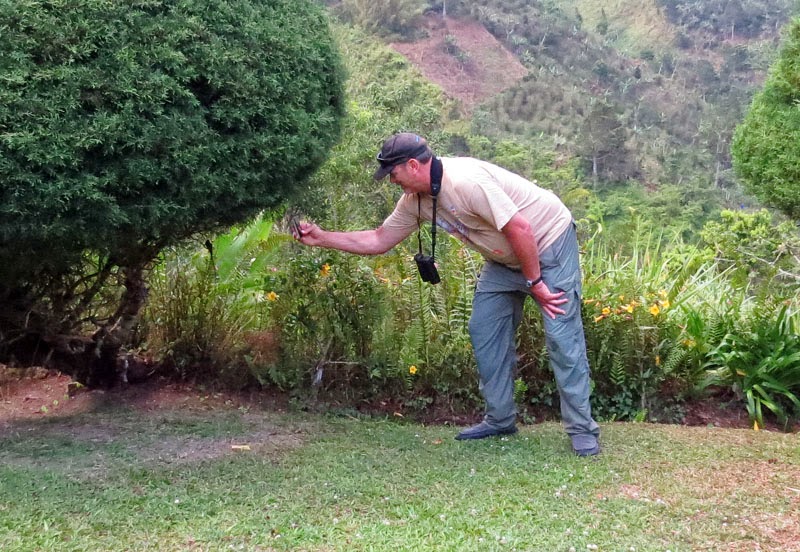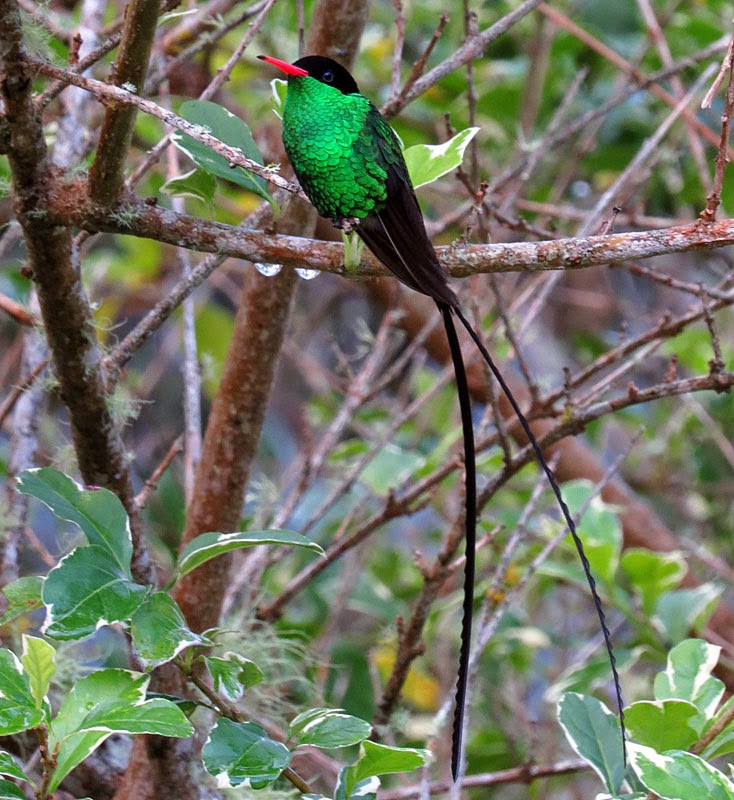It's been two weeks since I returned home from my 15th trip to Jamaica, and I have no idea what has happened to the time. Though I do remember that last weekend I spent 4 days of birding and natural history exploration here in SE Arizona with two friends (and I have plenty of material to blog about that), I'd still like to do some catch-up now that I'm completely done with the rest of my post-tour materials.
I do not tire of leading tours to the same area. Every year is different – variations in populations, the variation in song activity and breeding behavior based on the rainfall pattern, and mere random encounters make every birding experience different.
I have so many photos I wanted to share from this trip, even though I've done so many Jamaica blogs in the past. I've organized them by topic, and the first batch below are the photos of the endemic species of bird that make Jamaica such a fabulous place to go birding.
Chestnut-bellied Cuckoo on the Ecclesdown Road
This year the Black-billed Parrots weren't in noisy flocks but in rather furtive pairs, this one near a probable nest in a trunk of a coconut palm that died of the lethal yellowing phytoplasma.
This is a nest of Jamaican Becard, a huge, messy blob.
Jamaican Oriole isn't quite a true endemic, as another subspecies also occurs on San Andrés, an island off of Nicaragua that belongs to Colombia.
The Jamaican Woodpecker is clearly closely related to the complex that includes Golden-fronted, Gila, and Red-billed Woodpeckers, among others.
This is a nice view of the Ecclesdown Road, and if you look closely you can see the White-chinned Thrush, a common sight as you round the bends on this road.
On our way up the Blue Mountains, we stopped for this Ring-tailed Pigeon next to the road.
He's nabbing this amazingly tame male Red-billed Streamertail.
Last year we had trouble finding Crested Quail-Dove; this year we were practically kicking them out of the way. They are always rather secretive, but if they don't vocalize, you'd barely know they were there.
At Marshall's Pen near Mandeville, a pair of Jamaican Owls were roosting in a tree just outside our rooms.
This is Lori and a Jamaican Mango.


























Hi!
ReplyDeleteI've enjoyed all these wonderful, tropical photos of the beautiful birds...
I love birds and am an avid bird watcher enjoying the challenge of photographing them.
If you'd like, stop by for a visit when you get a chance.
The birds are just stunning, almost unreal. How fortunate you are to see and photograph them.
ReplyDeleteLovely. My favorite is the Toddy. Where in Jamaica were you? Around Mandeville I see..but, the Blue Mountains too?
ReplyDeleteThanks Anni, glad you enjoyed them. Jamaica is surprisingly safe and Jamaicans are very friendly. The birds are fabulous.
ReplyDeleteSheila – we did a pretty full route of the island, covering the far eastern end, the Port Royal and Blue Mountains, Portland Ridge, Marshalls Pen to Black River, and north through the Cockpit Country and then west to Montego Bay.